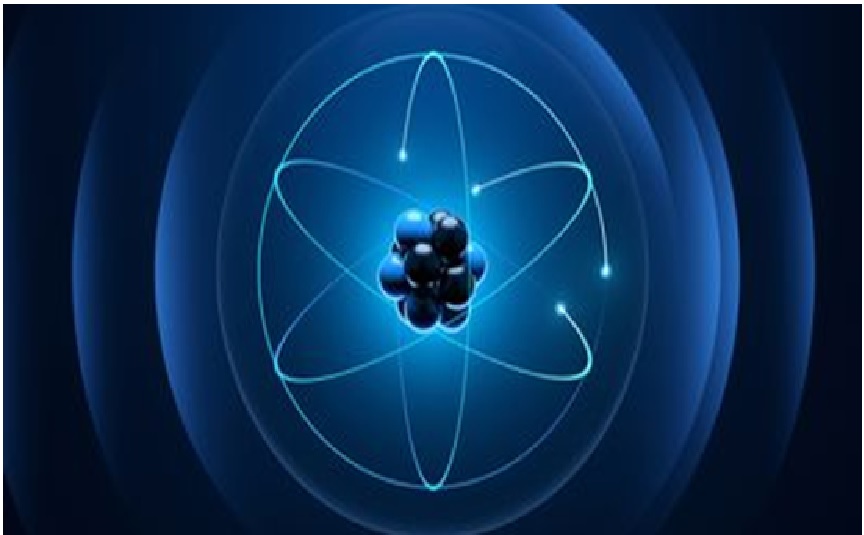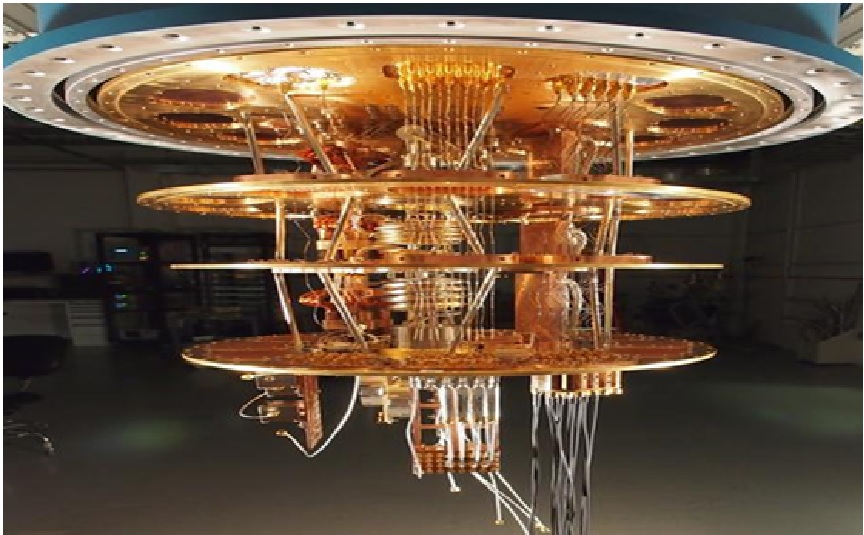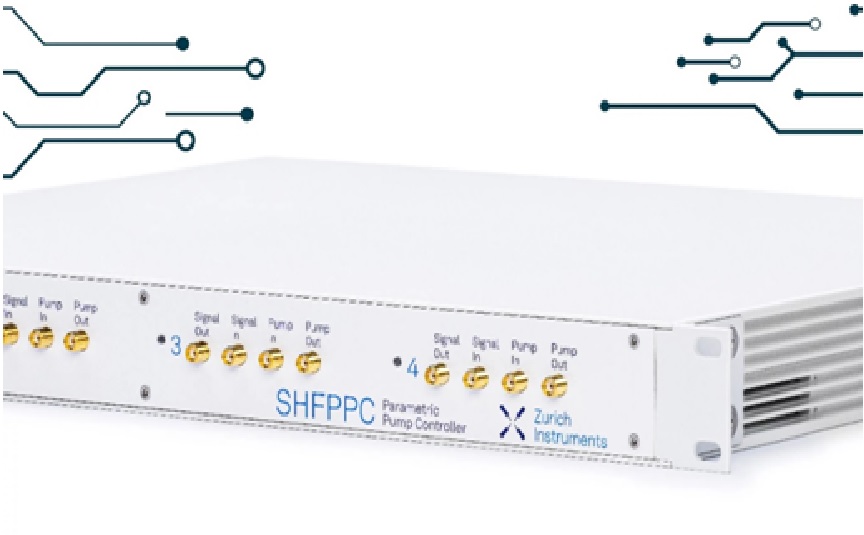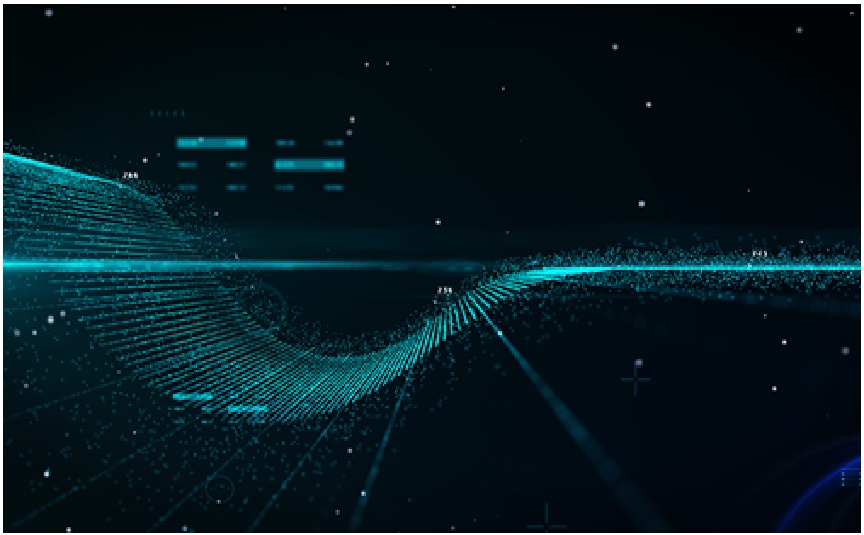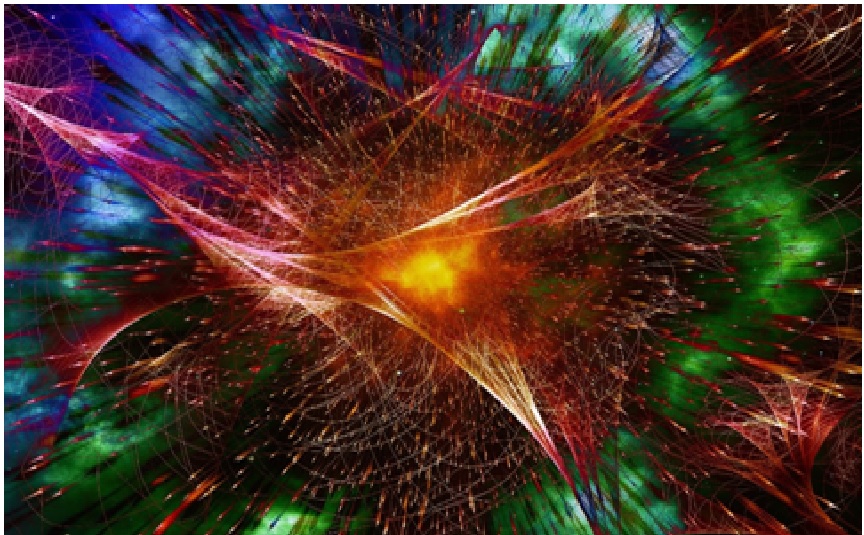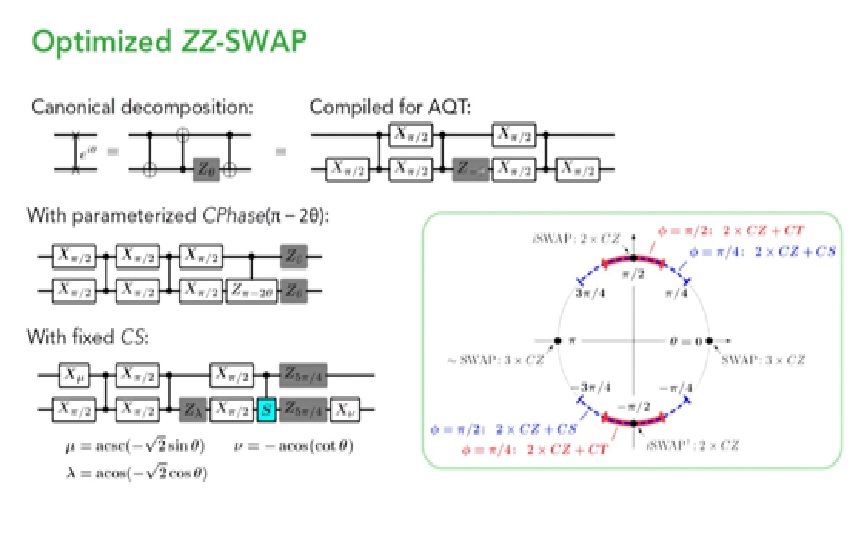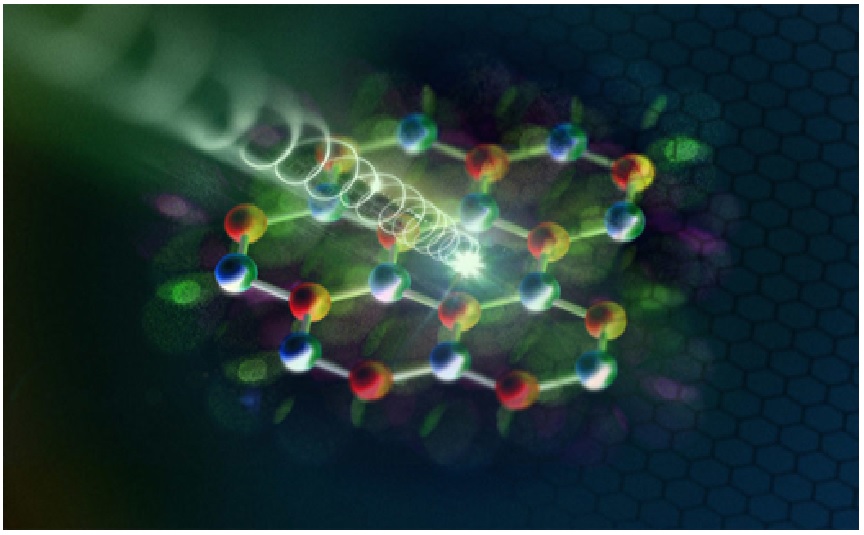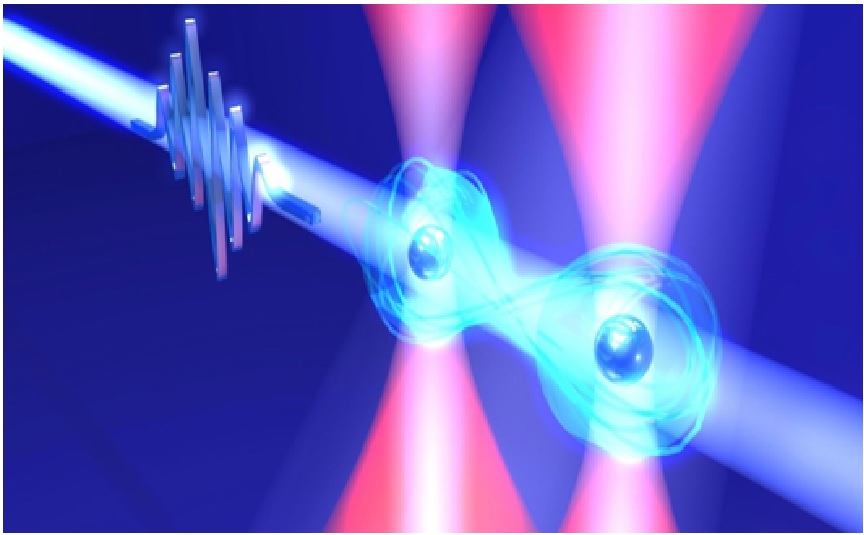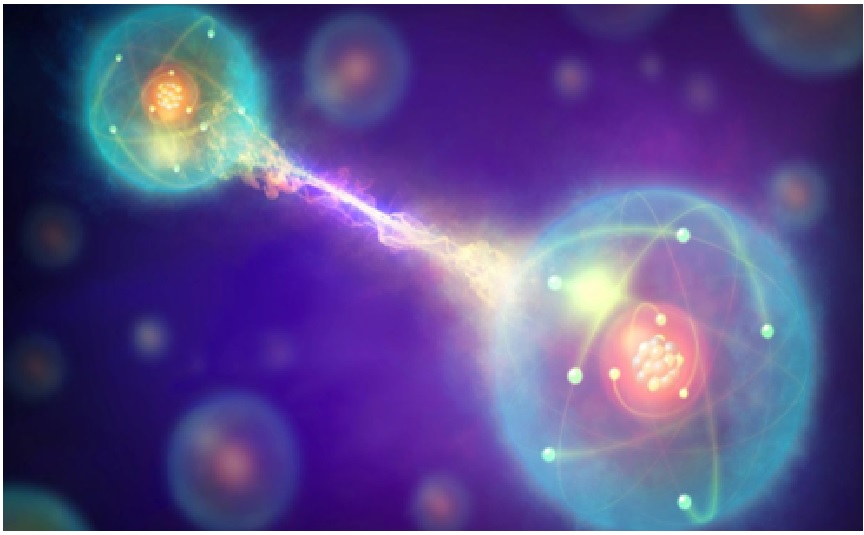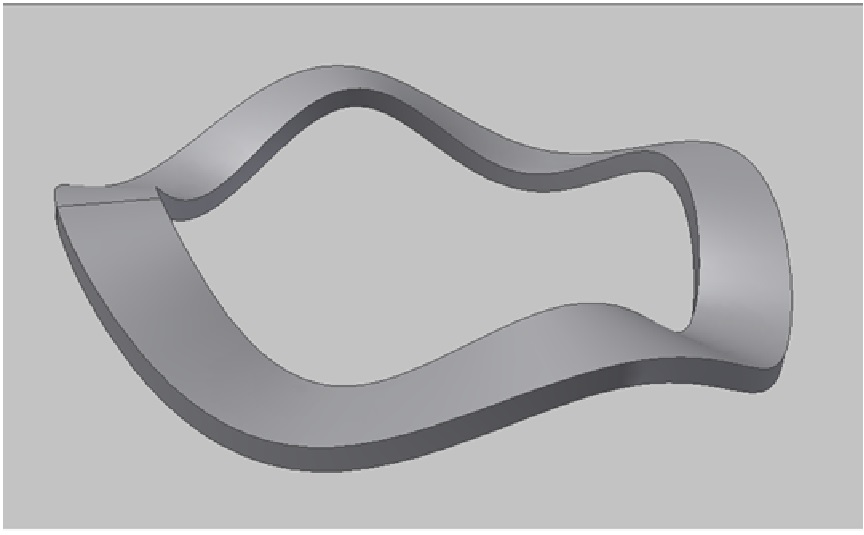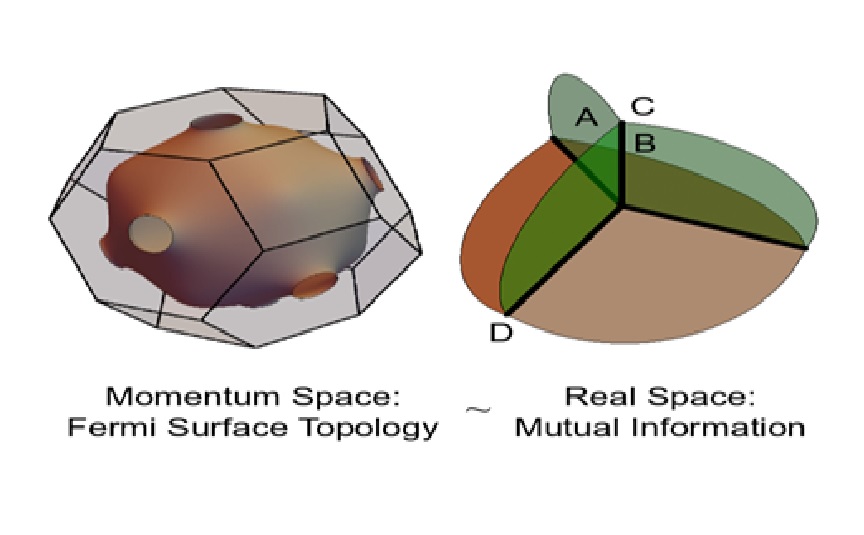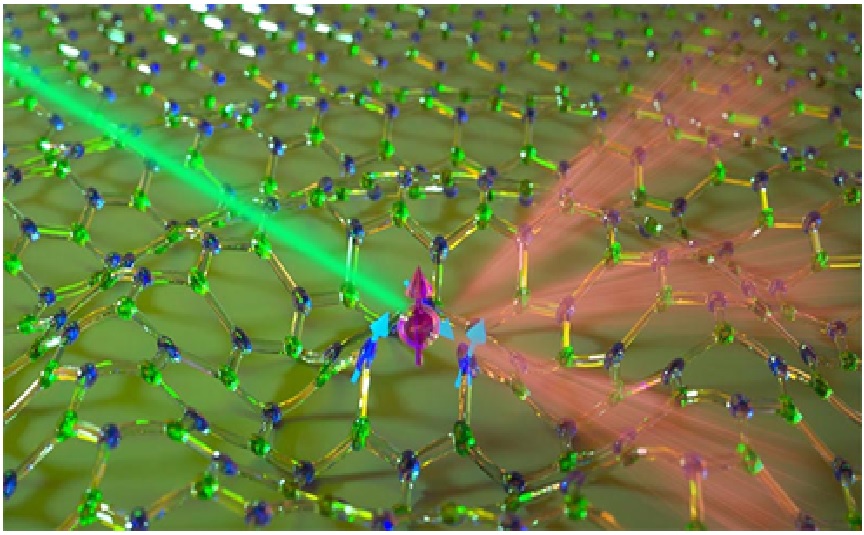Anti-Butterfly Effect Helps for BenchmarkQuantum Computer Performance
Researchers have utilized the quantum anti-butterfly effect to successfully develop a method for benchmarking the performance of quantum computers. This has helped them overcome an experimental challenge in physics that had been long puzzling researchers.

Figure 1. Anti-butterfly effect used for benchmark quantum computer performance.
Figure 1 shows thatthe method paves way for determining the capability of quantum computers in processing information. He added that the technique also applies to information loss in other complex quantum systems.
“Our protocol measures information in a quantum system and clearly distinguishes it from spurious positive signals in a noisy background due to quantum decoherence,” said Yan.
Noise in the form of clutter erodes all quantum information in a complex system such as a quantum computer as it interacts with the surrounding environment. Scrambling through quantum chaos, on the other hand, spreads information throughout the system, protecting it and allowing it to be retrieved.
Coherence is a quantum state that enables quantum computing, and decoherence refers to the loss of that state as information leaks into the surrounding environment.
“Our method, which draws on the quantum anti-butterfly effect discovered two years ago, evolves a system back and forth through time in a single loop, so we can use it to measure the dynamics, including a quantum computer, from time to time. systems. And quantum simulators use cold atoms,” Yan said.
The inability to differentiate decoherence from information scrambling has inhibited an investigational study into the phenomenon. The experimental platforms for investigating information scrambling comprise superconductors, trapped ions, and cloud-based quantum computers.
Yan, Sinitsyn, and co-author Joseph Harris, a graduate student at the University of Edinburgh who worked on the present paper as a participant in the Lost Alamos Quantum Computer Summer School, created the protocol.
Yan and Nikolai Sinitsyn published research in 2020, proving that evolving quantum on a quantum computer backward to damage information in the simulated past is causing a slight change when taken back to the present.
Similar Bioengineer.org report specified that a classical-physics system smears the information "irrecoverably during a back-and-forth time loop."Such work prepares a quantum system and subsystem. It then evolves the system backward for the same period of time.Lastly, gauging the overlap of information between a pair of subsystems exhibits how much information has been preserved through scrambling and the amount lost to decoherence.
References:
- https://gadgets360.com/science/news/quantum-computer-performance-benchmarking-anti-butterfly-effect-3198158
- https://nationworldnews.com/anti-butterfly-effect-enables-new-benchmarking-of-quantum-computer-performance-running-a-quantum-system-backwards-then-forwards -in-time-separates-information-leaks-from-desired-information-scramblin/
- https://www.sciencetimes.com/articles/39026/20220727/quantum-anti-butterfly-effect-new-approach-deal-complex-computer-performance.htm
Cite this article:
Sri Vasagi K (2022), A Roadmap for the Direction for Future Quantum Simulation, AnaTechMaz, pp.61


